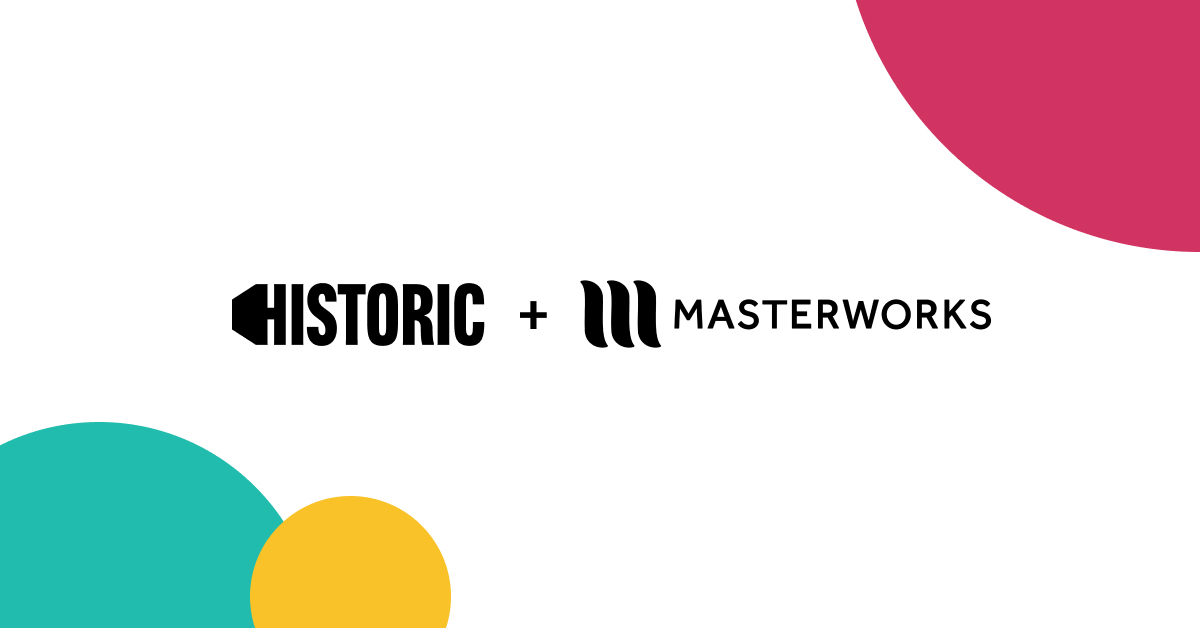Does your product development process need a more human touch? We get it. Effectively reaching consumers requires putting people before products and asking yourself one important question: how will this product or service make people’s lives better?
Human-centered design puts these ideas into action. It’s a process of problem-solving, product or service creation, or branding that begins with the people you’re designing for and results in tailored solutions that meet their needs. Whether you’re developing a new product for your business or designing a strategy to accelerate your ministry’s growth, taking a human-centered approach increases your ability to meet the needs of your target audience.
The Phases of Human-Centered Design
It’s helpful to think of human-centered design in phases, from ideation to implementing new ideas. DesignKit.com suggests looking at the process in three phases:
- Inspiration: Become a student of the people you’re creating for. Take time to learn directly from them. What do they want that the market’s not currently offering? What urgent problem can you help solve? Becoming deeply familiar with your audience will give you unique insights, including a view into accessibility and other gaps you can fill.
- Ideation: At this stage, think big. Take time to explore what you learned, identify gaps and opportunities, and brainstorm. Test every idea against the question: will this improve the lives of the people who make up my target audience?
- Implementation: Bring your solution to the audience you’ve designed it for. With all the work you’ve put into learning about their needs and refining ideas, your customers will be more likely to embrace it.

Understanding Human-Centered Design in Action
Brands often ask why they should take a human-centered design approach, seeing that it requires more work than traditional product development or branding. Often, the answer’s simple: when you do the hard work up front, you ensure your brand or product is a success, rather than just hoping for the best.
Have you ever seen a brand develop a program or launch a product, only to have it met with a lukewarm response? Typically, when that happens, it’s because there’s a lack of alignment between the product and the market. Taking a human-centered approach allows you to develop the insight, empathy, and compassion to really understand what your audience wants.
Build what you bring to the market on data, rather than simply relying on hope.
Human-centered design eliminates the risk of a misaligned product by starting with what your target audience needs most. Imagine you’re developing a curriculum or study on a specific topic. It’s a crowded space and there’s significant competition. Instead of simply designing something based on what you currently know, a successful human-centered approach would start with finding customers who already use these products.
You’d begin defining needs by asking questions like:
- How and why do you use specific curriculums?
- What do you love about the products you currently use?
- What’s missing?
- What’s a feature or theme that would make you buy a new one immediately if the option was on the market?
In human-centered design, you get out from behind your desk and really understand what’s happening with your audience. Developing a new curriculum might involve focus groups and surveys. It could involve conversations that lead to untapped opportunities. The process might even include spending time with consumers as they walk through the products to see how they could be improved.
Spending time with customers as they put products to work in real-time can give you insights you wouldn’t get any other way. Perhaps you would observe readers trying to fold back covers for easier reading, which could completely shift the way you think about binding your book or study. You might even realize that some things are better explained through video and consider offering the curriculum in a digital instead of printed format.

From Idea to Human-Centered Design
Once you collect this initial data, it’s time to move on and make sense of what you’ve learned. Assess your observations and conclusions, develop some working themes, and begin to create a prototype. Before going to market with your product, test the prototype with customers like the ones you’re hoping to target, get more feedback, and refine your design. By the time your curriculum hits shelves, you’ll be assured that it’s market-ready.
Taking a human-centered design approach to product development or branding can accelerate your reach and bring well-designed products, services, and programs to an eager market. The best part for many leaders is that spending time with customers sparks new inspiration, and helps take the overall business to whole new levels.
Are you interested in learning more about how a human-centered design approach can help your organization grow? Get in touch with us today to learn more about how our method can help you align your brand to reach even more people every day.











